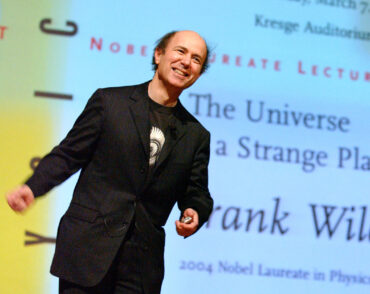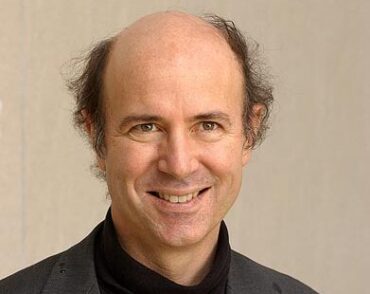
Beautiful, Impractical Physics
Since the 1950s, fundamental physical research has made little contribution to technology. Are physicists too focused on beauty?
Should physicists feel guilty about working on ideas with no real-world consequences, just because they’re intellectually beautiful? How should such work be evaluated? These questions arise often in the life of research scientists. We have to weigh the pleasure and potential glory of imaginative flights against the more solid rewards of steady progress towards clear goals.
This dilemma has become acute at the frontier of fundamental physics. Until the early 20th century, fundamental physics—that is, the study of phenomena that can’t be explained by existing laws but require the discovery of new ones—was also the most important applied physics. By unveiling the quantum secrets of atoms and light, physics was laying the foundations for chemistry, materials science and engineering.
In 1929, the physicist Paul Dirac announced that “the underlying physical laws necessary for the mathematical theory of a large part of physics and the whole of chemistry are…completely known.” Those basic laws have now been tested with far greater accuracy than is required for practical applications—even allowing for a generous interpretation of “practical.” An ironic demonstration of this triumph is that since the 1950s discoveries in fundamental physics have contributed little if anything to technology.
There are still some big “impractical” problems in fundamental physics, such as the fact that most of the mass in the universe is made of something that is not electrons, photons, quarks, gluons or neutrinos—the so-called “dark matter.” But experimenters and observers must sweat blood to probe those problems, and progress has been slow. So, what’s an ambitious theoretical physicist to do?
Mathematicians have faced a similar choice between pure and applied work for millennia. In his 1940 book “A Mathematician’s Apology,” G.H. Hardy made a hard-core case for purity: “But is not the position of an ordinary applied mathematician in some ways a little pathetic?…‘Imaginary’ universes are so much more beautiful than this stupidly constructed ‘real’ one.”
On the other hand, John von Neumann rebuked purity in his 1947 essay “The Mathematician”: “As a mathematical discipline travels far from its empirical source…it is beset with very grave dangers. It becomes more and more purely aestheticizing,…whenever this stage is reached, the only remedy seems to me to be the rejuvenating return to the source: the reinjection of more or less directly empirical ideas.”
I think von Neumann has the better of this argument. In his own career, he used his mathematical talents to pioneer fields like game theory and computer science, leaving a titanic legacy, practical as well as intellectual.
To put it over-simply, some scientists focus on ideal beauty, others on empirical truth. My own approach, following a great tradition going back to Copernicus, Galileo and Kepler, has been to use beauty as a guide to truth. That approach has become difficult and slow in pure fundamental physics, basically because we know so much already. But that “curse” of knowledge empowers us to build bridges connecting imagination to reality with confidence.
So no, I don’t feel guilty about working out pretty ideas. But I can’t and don’t want to shake off my hero Richard Feynman’s implicit challenge: “It doesn’t matter how beautiful your theory is, it doesn’t matter how smart you are. If it doesn’t agree with experiment, it’s wrong.”
Originally appeared on October 29, 2020 on The Wall Street Journal website as ‘Beautiful, Impractical Physics‘
Frank Wilczek is the Herman Feshbach Professor of Physics at MIT, winner of the 2004 Nobel Prize in Physics, and author of the books Fundamentals: Ten Keys to Reality (2021), A Beautiful Question: Finding Nature’s Deep Design (2015), and The Lightness of Being: Mass, Ether, and the Unification of Forces (2009).


